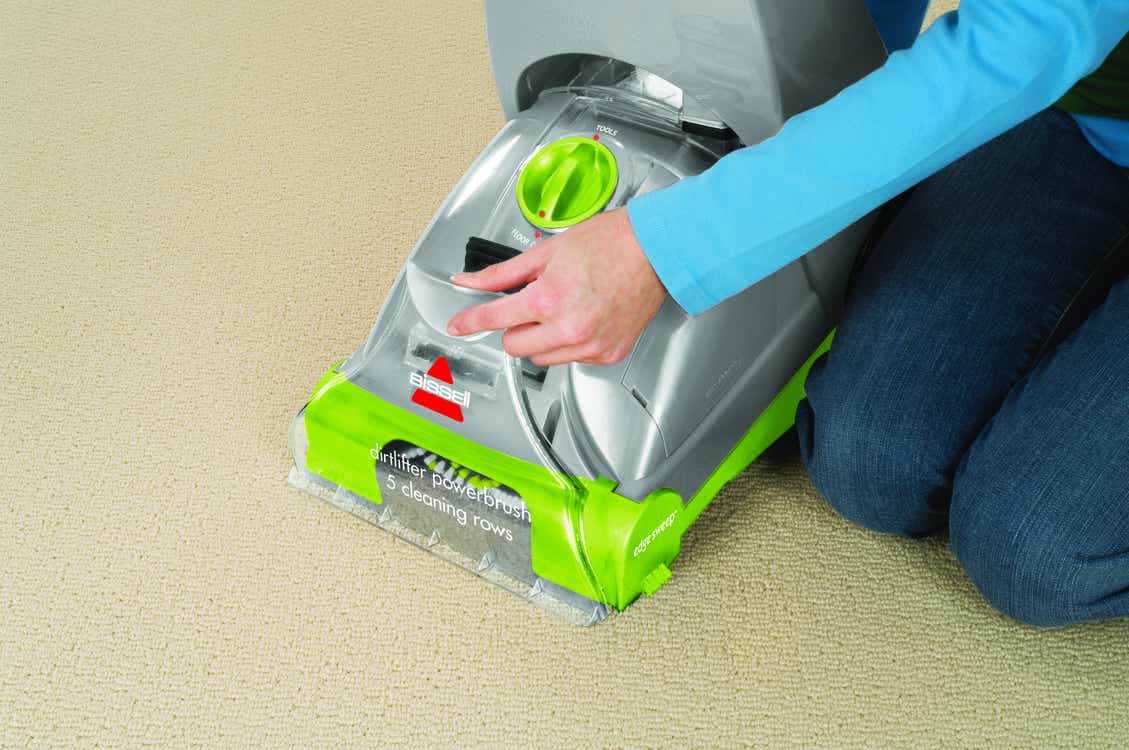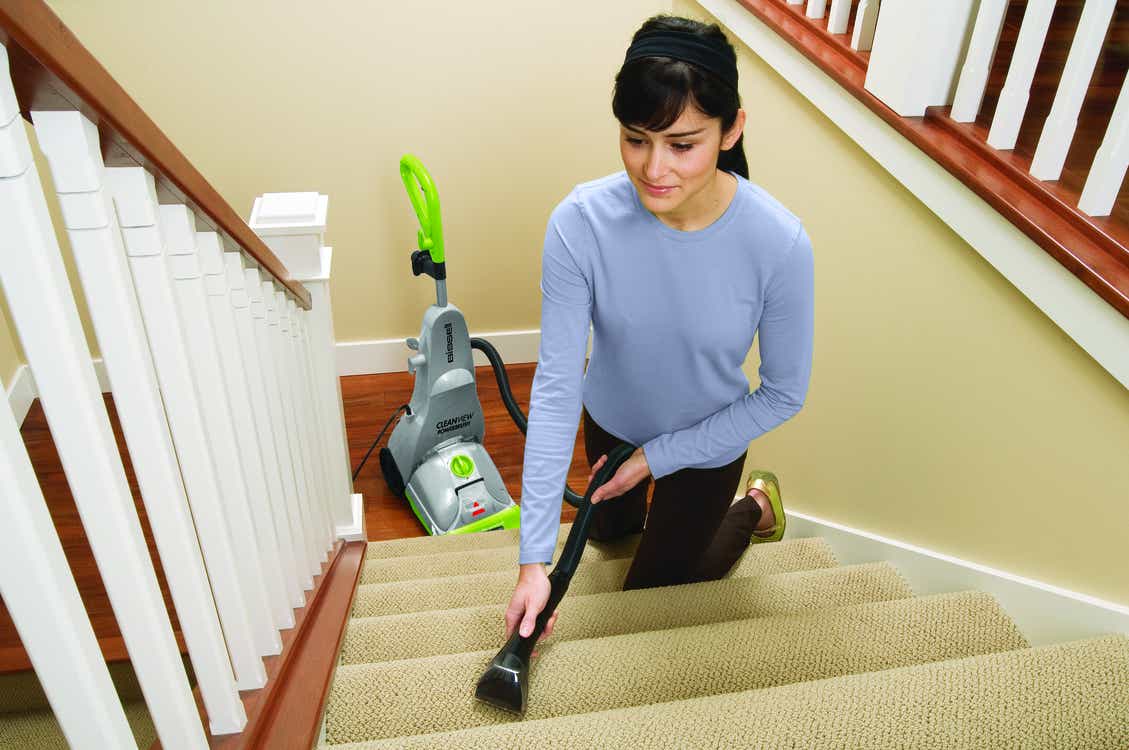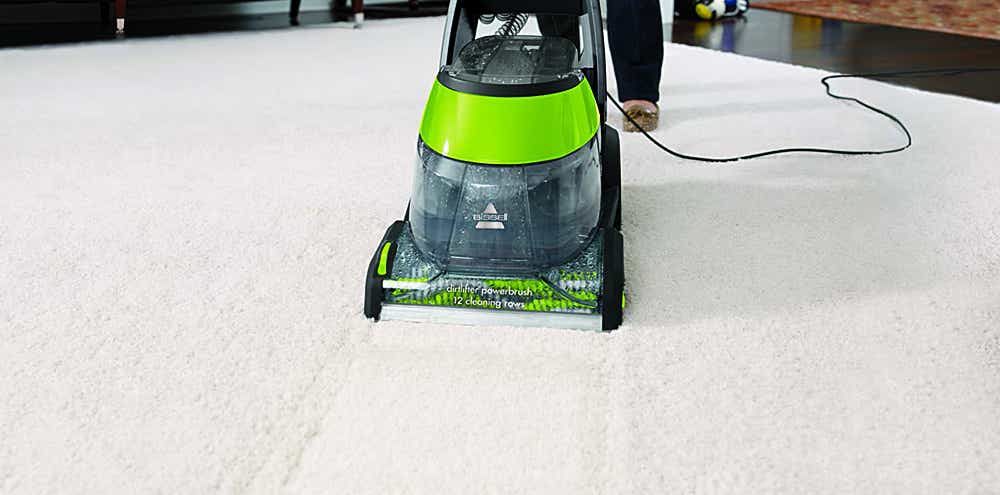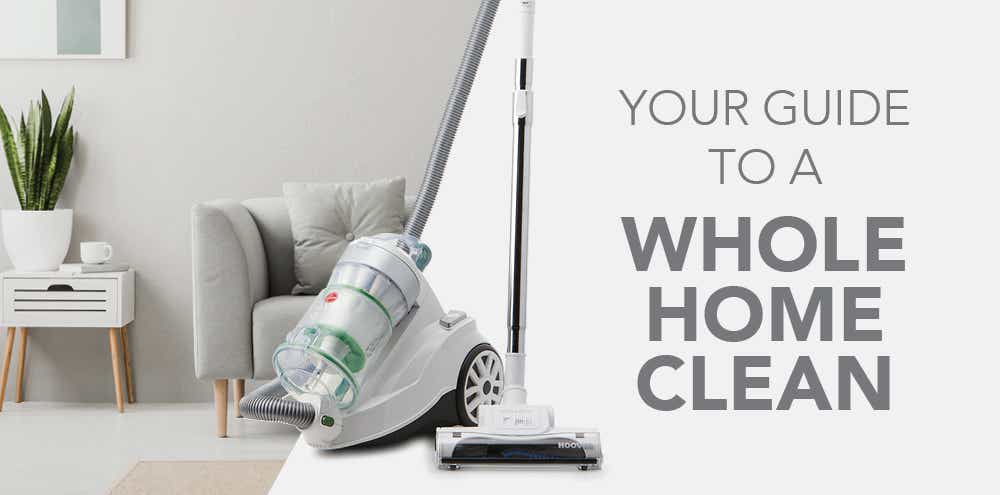Keeping carpet looking top notch is either a chore or an art form, depending on how you look at it. While most of us can schedule in a regular vacuum to keep our floors free of dust, fluff and pet hair, deep cleaning can be a daunting task to think about. It’s easy to put the whole concept in the ‘too hard’ column and resign ourselves to paying professionals to get it done.
Dirt, liquids and other nasty household substances can easily work their way down into carpet fibres, and a routine vacuum can’t catch it all. But deep cleaning doesn’t have to be hard, stressful or expensive.
Shampooing your carpet is one of the most efficient ways to combat general everyday dirt, stubborn spills and the effects of an abnormal event like a flood. And because carpet shampooers aren’t as common a household necessity as your standard vacuum, we’re here to fill you in on everything you need to know about these hardworking cleaners.
Why you should use a carpet shampooer
Different cleaners serve different purposes, even when it comes to the same patch of floor. Your vacuum, for instance, tackles dry dirt and keeps the general messiness of everyday life at bay. If you’re looking to dive deeper and give your carpet a new lease on life, your options are either a carpet steamer or carpet shampooer.
While they’re both designed to freshen your carpet and eliminate dirt, their methods vary significantly. Steamers use the naturally cleansing power of hot water to break down dirt and kill off any bacteria that might have taken up residence in your carpet.
Shampooers, on the other hand, use a combination of water and detergent to lift dirt that’s settled deep into carpet fibres. Because of their scrubbing, rotating brush action and powerful suction, shampooers provide the deepest and most effective clean possible. Just like shampooing your hair on wash day, a carpet shampooer gets right down to the roots of the fibres, cuts through built-up dirt and grime and leaves your floors fresh and sanitised.
Dosing up your shampooer
Using the right detergent is the number one way to max out your shampooer’s effectiveness. Be sure to use a cleaning solution specifically designed for your machine, for the sake of both your carpet and the shampooer itself.
The amount of shampoo used is just as important as the brand you buy. Carefully following the directions for whatever solution you buy will always give you the best results. To err on the side of caution, it’s often worth using a little less solution than suggested.
A less concentrated shampoo might mean running the shampooer over tough stains more than once, but too much solution can result in excess product being left on your carpet post-clean. This can be nearly impossible to clean out properly, and a build-up of shampoo left sitting on the fibres can attract more dirt and dust particles than before.


Getting the most effective clean possible
Once you’ve got your shampooer dosed up, there are a few ways to make sure you’re using it to full advantage. This starts with preparing your carpet properly. Move as much furniture out of the room as possible to expose the full carpet surface and run a vacuum with a powerhead over it to collect any dry dust and debris. Planning your cleaning route in advance will also help the job run smoothly, ensuring you’re not walking over areas you’ve already cleaned and mucking them up all over again.
Follow the instructions provided with your cleaner carefully. Carpet shampooers work by depositing shampoo and water onto the carpet as you push the cleaner forward, then sucking it up again as you pull it back the other way. All the while, the brush is scrubbing away to clean the fibres. If you’re working with stubborn stains or particularly dirty patches of carpet, run the cleaner over the area multiple times.
Once you’ve shampooed the entire surface, run the cleaner through the room again with a tank of clean water and no solution. While the shampooer is designed to suck up any shampoo it deposits, an extra rinse ensures there’s no residue left behind. This will keep your carpet cleaner for longer and cut down on upkeep in the future.
After you clean
The number one thing to do after a thorough cleaning job is to leave the carpet to dry fully. A little patience will guarantee the time you spent cleaning won’t go to waste. Avoid walking over wet carpet and wait at least a few hours (preferably overnight) before moving furniture back into the space.
Keep the room as aerated as possible while you wait. Not only will this speed up the drying time, but a steady flow of fresh air will help prevent mould and mildew from growing in your carpet fibres.
How often you should shampoo your carpet
Shampooing your carpet isn’t something you need to incorporate into your weekly cleaning routine, but regular upkeep is essential for keeping your floors fresh, clean and sanitised right down to the roots. While you could leave deep cleaning for right before a move or when it’s getting downright filthy, staying on top of the grime will make your life easier in the long run.
How often you should break out the shampooer depends on your household. Every six months is a good benchmark, but households with pets, children or a tendency to get particularly messy might need a clean every three months or so.
With these regular shampoo sessions in mind, it’s worth weighing up the value of buying your own carpet shampooer. Renting a machine every three or six months is likely cheaper than repeatedly hiring a professional, but the cost still adds up pretty quickly. On the other hand, you could buy a shampooer to see you through years of regular cleaning for as little as $99 and tailor your purchase to your household’s needs – whether that’s a full-sized push-along shampooer or a compact spot and stain cleaner.


Check out Godfreys’ range of carpet shampooers here, or head in store for a free consultation and demonstration.





